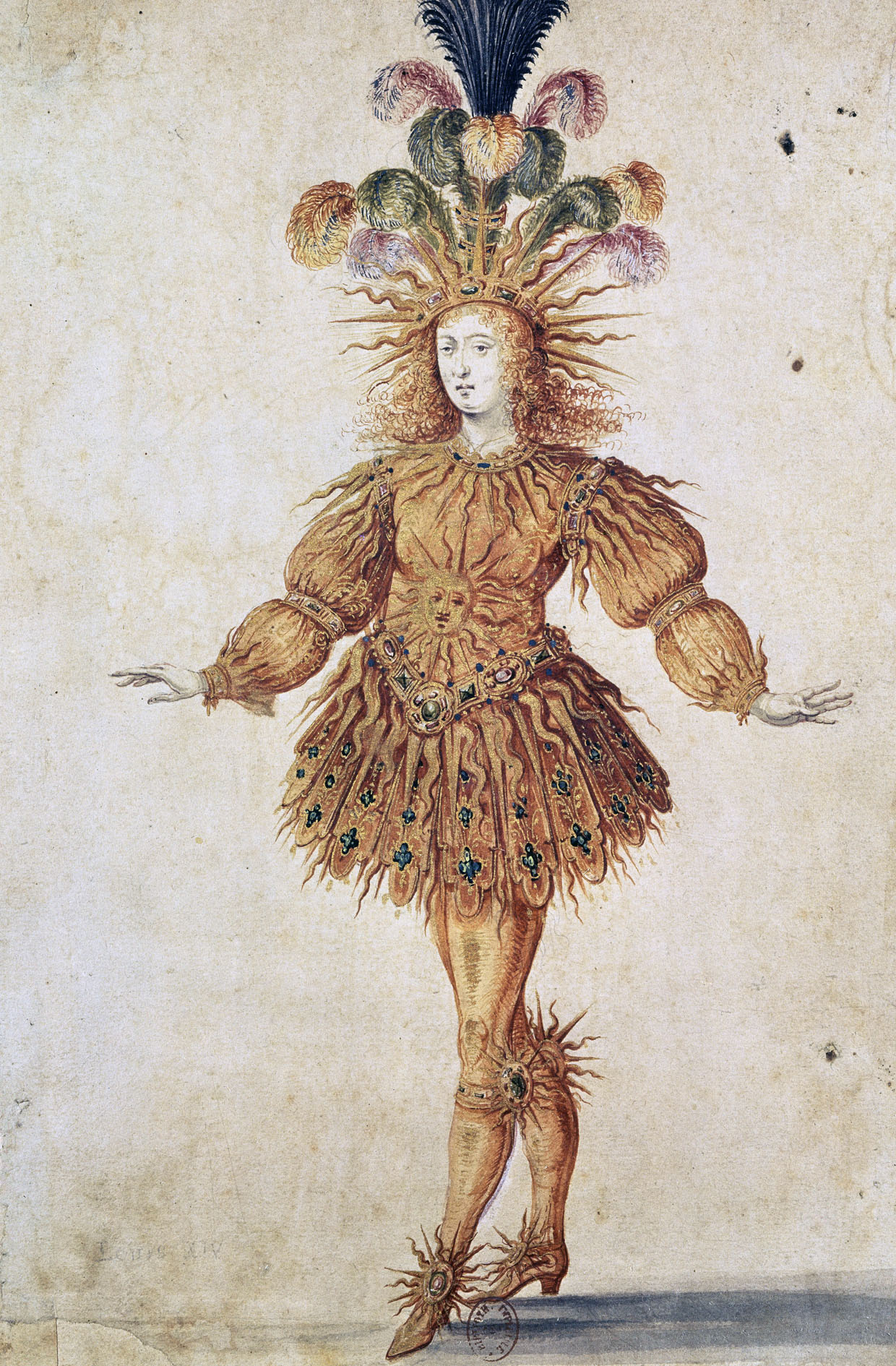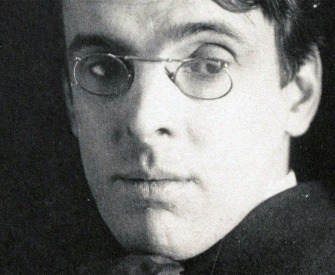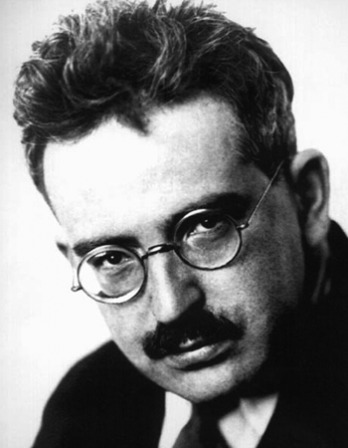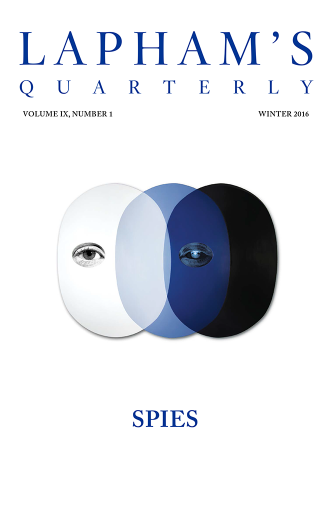What is popularly called fame is nothing but an empty name and a legacy from paganism.
—Erasmus, 1515Hitting It Big
Buffalo Bill lives up to his name.
I began my career as a buffalo hunter for the Kansas Pacific Railway. It was not long before I acquired a considerable reputation, and it was at this time that the title “Buffalo Bill” was conferred upon me by the railroad hands. Of this title, which has stuck to me through life, I have never been ashamed.
During my engagement as hunter for the company, which covered a period of eighteen months, I killed 4,280 buffaloes and had many exciting adventures with the Indians, including a number of hairbreadth escapes, some of which are well worth relating.
One such adventure was my celebrated buffalo-shooting contest with Billy Comstock, a well-known guide, scout, and interpreter. Comstock, who was chief of scouts at Fort Wallace, had a reputation of being a successful buffalo hunter, and his friends at the fort, the officers in particular, were anxious to back him against me.
It was arranged that I should shoot a match with him, and the preliminaries were easily and satisfactorily arranged. We were to hunt one day of eight hours, beginning at eight o’clock in the morning. The wager was five hundred dollars a side, and the man who should kill the greater number of buffaloes from horseback was to be declared the winner. Incidentally, my title of “Buffalo Bill” was at stake.
The hunt took place twenty miles east of Sheridan. It had been well advertised, and there was a big “gallery.” An excursion party, whose members came chiefly from St. Louis and numbered nearly a hundred ladies and gentlemen, came on a special train to view the sport. Among them was my wife and my little daughter Arta, who had come to visit me for a time.
Buffaloes were plentiful. It had been agreed that we should go into the herd at the same time and make our “runs,” each man killing as many animals as possible. A referee followed each of us on horseback and counted the buffaloes killed by each man. The excursionists and other spectators rode out to the hunting grounds in wagons and on horseback, keeping well out of sight of the buffaloes, so as not to frighten them until the time came for us to dash into the herd. They were permitted to approach closely enough to see what was going on.
For the first “run” we were fortunate in getting good ground. Comstock was mounted on his favorite horse. I rode old Brigham. I felt confident that I had the advantage in two things: first, I had the best buffalo horse in the country; second, I was using what was known at the time as a needle gun, a breech-loading Springfield rifle, .50 caliber. Comstock’s Henry rifle, though it could fire more rapidly than mine, did not, I felt certain, carry powder and lead enough to equal my weapon in execution.
When the time came to go into the herd, Comstock and I dashed forward, followed by the referees. The animals separated. Comstock took the left bunch, I the right. My great forte in killing buffaloes was to get them circling by riding my horse at the head of the herd and shooting their leaders. Thus the brutes behind were crowded to the left, so that they were soon going round and round.
This particular morning the animals were very accommodating. I soon had them running in a beautiful circle. I dropped them thick and fast till I had killed thirty-eight, which finished my “run.”
Comstock began shooting at the rear of the buffaloes he was chasing, and they kept on in a straight line. He succeeded in killing twenty-three, but they were scattered over a distance of three miles. The animals I had shot lay close together. Our St. Louis friends set out champagne when the result of the first run was announced. It proved a good drink on the Kansas prairie, and a buffalo hunter proved an excellent man to dispose of it.
While we were resting, we espied another herd approaching. It was a small drove, but we prepared to make it serve our purpose. The buffaloes were cows and calves, quicker in their movements than the bulls. We charged in among them, and I got eighteen to Comstock’s fourteen.

Louis XIV playing Apollo in Le Ballet de la Nuit, by Henry Gissey, c. 1650. Bibliothèque Nationale, Paris.
Again the spectators approached, and once more the champagne went round. After a luncheon we resumed the hunt. Three miles distant we saw another herd. I was so far ahead of my competitor now that I thought I could afford to give an exhibition of my skill. Leaving my saddle and bridle behind, I rode with my competitor to windward of the buffaloes.
I soon had thirteen down, the last one of which I had driven close to the wagons, where the ladies were watching the contest. It frightened some of the tender creatures to see a buffalo coming at full speed directly toward them, but I dropped him in his tracks before he had got within fifty yards of the wagon. This finished my “run’’ with a score of sixty-nine buffaloes for the day. Comstock had killed forty-six.
It was now late in the afternoon. Comstock and his backers gave up the idea of beating me. The referee declared me the winner of the match, and the champion buffalo hunter of the Plains.

William F. Cody
From his autobiography. Born in 1846, Cody went to work as a mounted messenger at the age of eleven, riding for the wagon-freight firm that became the Pony Express. Cody organized his first Wild West exhibition in 1883, taking the show to the Chicago Exposition ten years later. During the same exposition, Frederick Jackson Turner gave his paper declaring the end of the first phase of American history, “The frontier has gone.”



